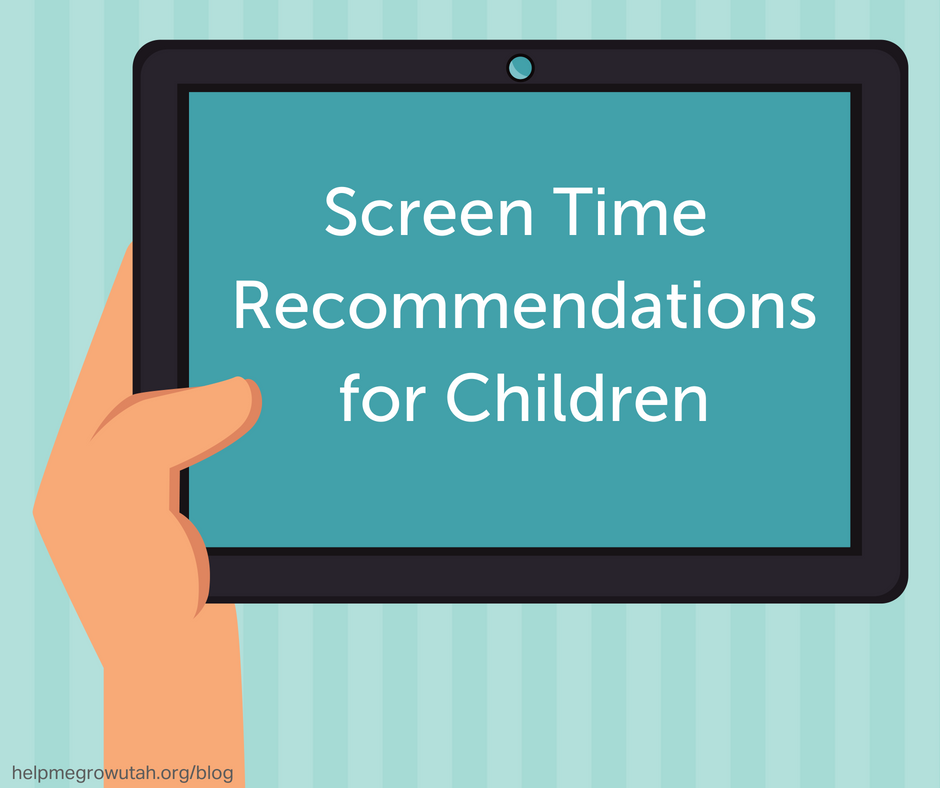We have all heard that we need to limit our children’s screen time. In this technology-driven time it is hard to know what we should let our children watch, how much, and what that could be possibly doing to our children’s development. Defining screen time has become difficult and while many parents know that children over two should not watch more than 2 hours a day, the amount of digital media our children are exposed to has changed.
There are correlations between screen time and certain diseases or increased risk for children. For example, kids who watch more than two hours of TV per day have double the risk of childhood obesity. Those who watch screens before bed sleep less, making it harder to concentrate and learn. Also, increased viewing of violence can desensitize children to real-life suffering, and it is linked to increased anxiety and fear. Letting a child have too much screen time does come with opportunity costs. The hours kids spend on devices is time they could have spent reading, studying, interacting with other humans, or being outside.
New guidelines from the American Academy of Pediatrics were set in 2017. The Academy now defines screen time as time spent using digital media for entertainment purposes. Other uses like, online homework, do not count as screen time. The academy recommends that for children 2-5 years old, screen time should be limited to one hour a day. For 6 and older, it’s up to parents to determine the restrictions and monitor the types of digital media their children use.
Babies are most vulnerable to screens, and infants 18 months and younger should not be exposed to any digital media. For more information on these new guidelines, click here.
Infants 18 months and younger: No media
No media?! This can be a challenging feat! However, banning screen time for babies is hugely important for brain development and healthy parent-child connections. The noise and activity of a screen are distracting for a child- even if the baby isn’t directly looking at the screen, the baby can be overstimulated by the lights and sounds, which may cause distress and sleep problems. For example, if a mother is nursing her child on the couch while watching TV, they may be missing out on crucial bonding time. The more face-to-face interaction children have with mothers and other adults, especially eye contact, the better for the brain development of infants. When parents are fixed on a TV or phone screen, babies are deprived of that attention; and if they are repeatedly neglected in favor of digital media, children may develop behavioral issues in the future. The TV should also not be a babysitter- it is much better to talk to a child or read from a book!
Children age 2-5: One hour per day
Once children turn two, they can start gradually being exposed to screen time and digital media. Sesame Street and other PBS shows should be viewed along with other shows that don’t have advertisements, which tent to overstimulate children. Children this age can’t interpret images like an older kid- they can’t decipher between real-world people and fictional cartoons.
Children 6 and older: Limit digital media
Parents are in charge of setting limits. Children should prioritize productive time over entertainment time. For healthy kids, an average day should include school, homework, time, at least one hour of physical activity, social contact, and sleep (which is 8-12 hours for kids). Whatever is left over can be screen time. Parents should be their child’s media mentor. Teach them how to use it as a tool to create, connect, and learn!
We need to remember that many aspects of digital media are positive! It can be interactive; it facilitates communication; it allows people to create. Kids also now often view class notes and do homework through a screen. However, parents: you need to talk to your kids, especially teens (if you have them) about the risks of media like cyber bullying, and being accessible to advertisements and online predators.
All of this information may seem daunting, especially as new technology and apps and shows are becoming more available at the touch of our fingertips! Here are some tips that can be easy to implement in your life:
- Be your child’s media role model! In order to teach your children to have healthy digital media habits, you need to have them as well! Turn off the TV and shut off laptops at night.
- Designate media-free times together, like dinner or diving, or have media free locations, like bedrooms.
- Use digital media mainly for communication rather than entertainment, and when it is used for entertainment, use it together as a family!






